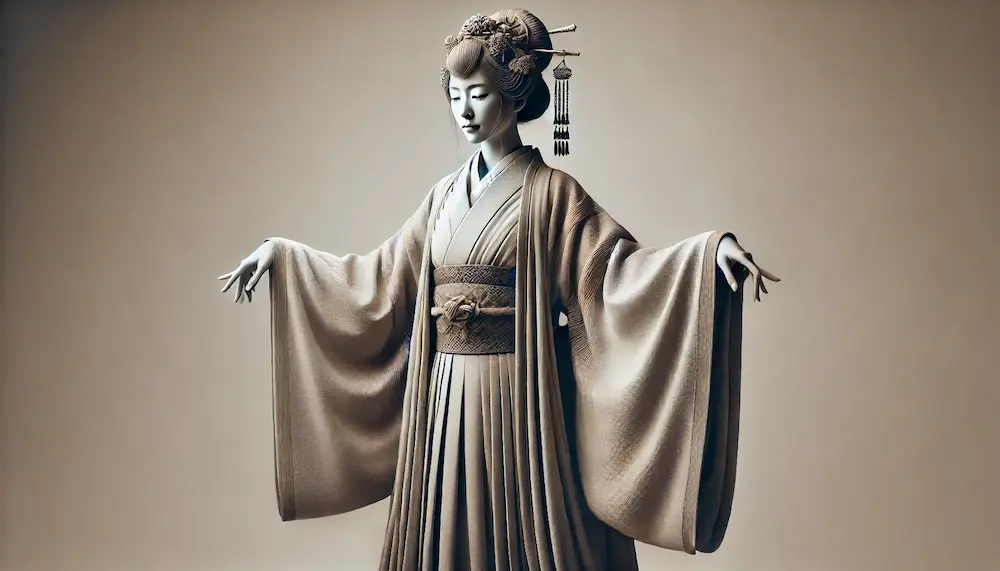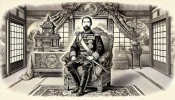Osaka During the Nara and Heian Periods: A Cultural and Commercial Hub
During the Nara and Heian periods, Osaka was a region of significant cultural and commercial development. These eras were pivotal in Japan’s history, marking the unification of the country and the growth of its economy and culture. Exploring Osaka’s role during these periods offers valuable insights into the city’s historical importance and its influence on the development of Japan.
Osaka in the Nara Period (710–794 CE)
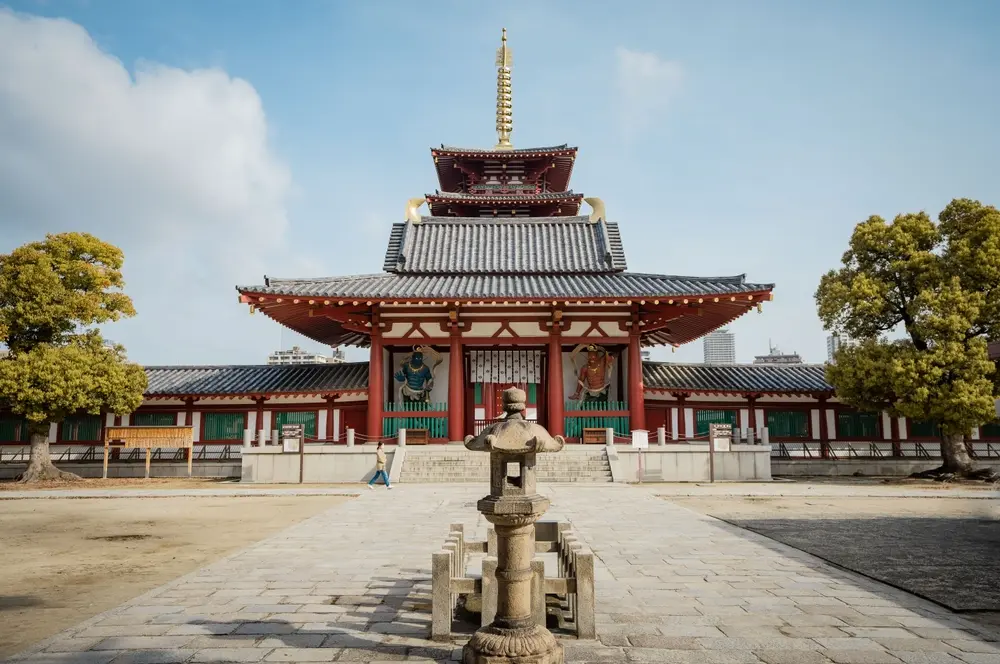
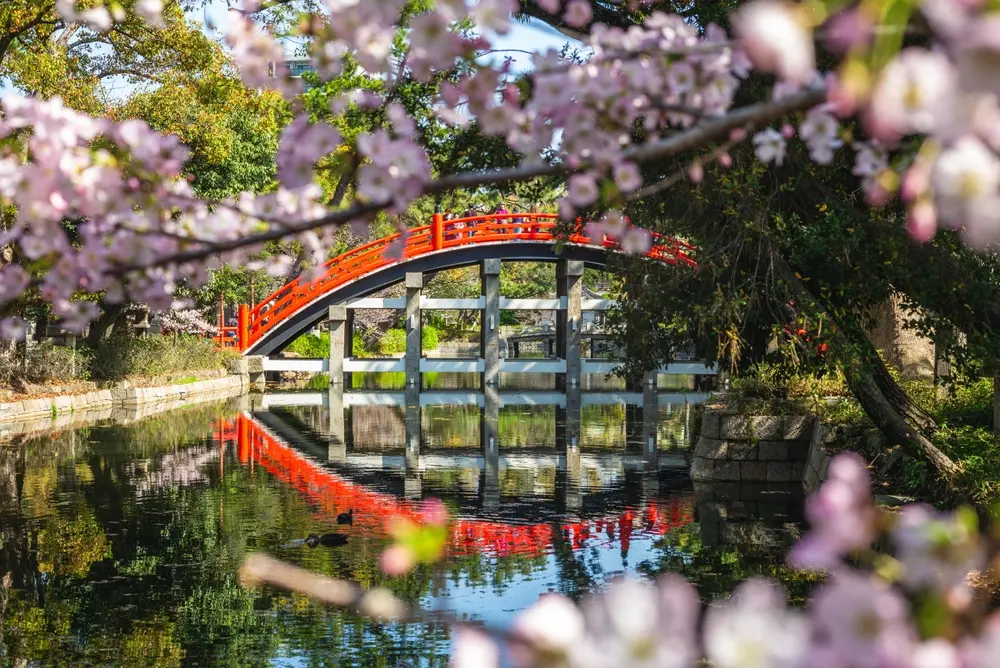
The Nara period, when the capital was located in Nara, saw Osaka as a strategically important region. Osaka’s location, near the Seto Inland Sea, made it a vital point for political and economic activities. The spread of Buddhism during this time had a profound impact on Osaka, with many temples being constructed to promote the new religion. One of the most significant is Shitennoji Temple, founded by Prince Shotoku in 593 CE, which became a center of Buddhist learning and culture. Additionally, Sumiyoshi Taisha Shrine, which predates even the Nara period, played a key role in the religious life of the region, connecting Osaka to both the spiritual and political realms of ancient Japan.
Osaka in the Heian Period (794–1185 CE)
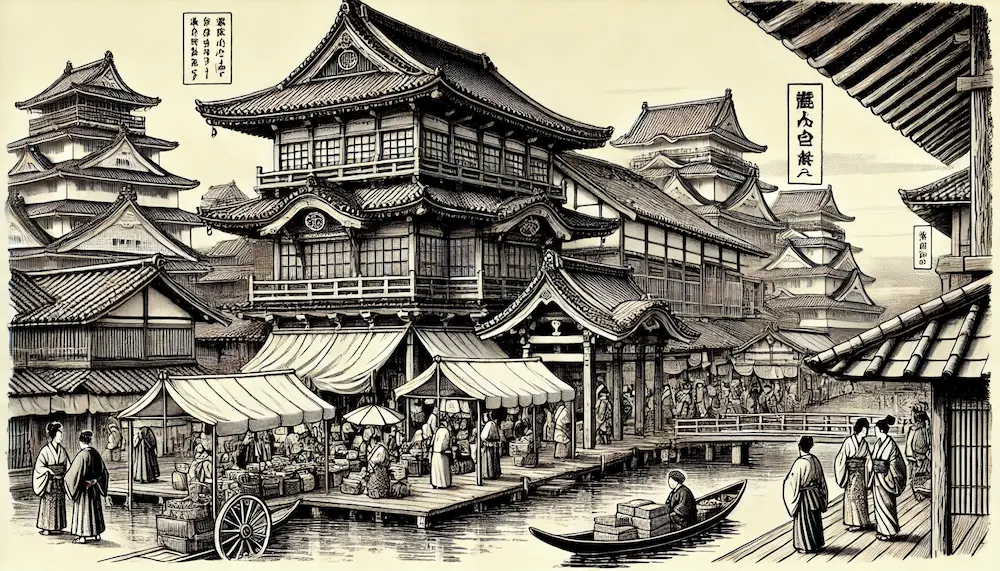
The Heian period marked the growth of Osaka as a commercial hub, primarily due to its strategic location on trade routes connecting the capital, Kyoto, with other parts of Japan and even overseas trade with China and Korea. The city became a bustling center of commerce, where goods and ideas flowed freely. The influence of the Heian aristocracy also permeated Osaka, with cultural practices such as poetry, literature, and the visual arts flourishing. The introduction of Heian culture to Osaka helped shape the city’s identity, blending commercial success with cultural richness. Notable figures from this period, including merchants and artists, contributed to the city’s growing reputation as a cultural and economic powerhouse.
The Impact of Nara and Heian Periods on Modern Osaka
The cultural and economic developments of the Nara and Heian periods left a lasting legacy on modern Osaka. Many of the traditions, festivals, and even commercial practices that began during these periods continue to influence the city today. For example, the Sumiyoshi Taisha Shrine remains a prominent religious site, attracting visitors who come to participate in traditional rituals. The preservation of historical sites from these eras is crucial for understanding the roots of Osaka’s cultural heritage. Visiting these sites today allows us to connect with the past and appreciate the depth of Osaka’s history.
Conclusion
Osaka’s history during the Nara and Heian periods is a testament to the city’s importance in shaping Japan’s cultural and economic landscape. The city’s role as a strategic political location, combined with its growth as a commercial and cultural center, laid the groundwork for the vibrant metropolis that Osaka is today. Exploring the historical sites from these periods offers a unique opportunity to experience the origins of Japan’s rich cultural heritage.
